Sound:
Cables are a hot topic, and I understand both sides of the debate. I have been a cable skeptic for a long time, but have switched teams just about four years ago. Discussions about cables and their effect on sound are mostly long and heated. People who don’t care about cable sound probably haven’t made it this far into the review without leaving a “snake oil” comment in the comment section. For all others, let’s keep this review rolling.
Since this review is about both versions of the Torfa cables, we will look at them separately. Let’s start with the 2-wire version first and have a look at the 4-wire a bit later.
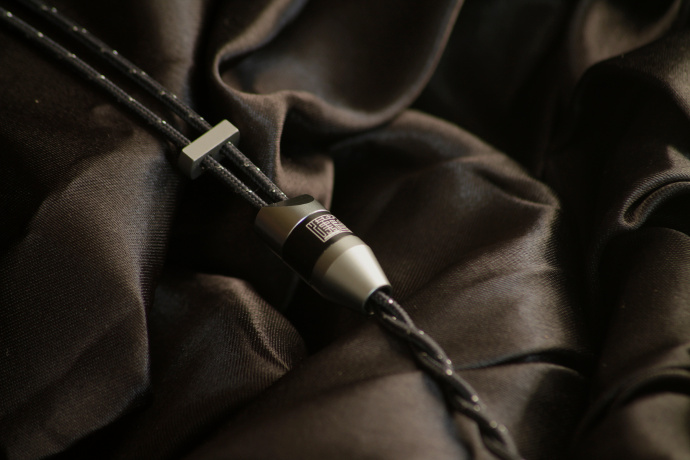
HanSound Torfa
Torfa 2-wire
The 2-wire is best described by a few words: warm with full body and high resolution. The Forfa 2-wire produces a generously warm lower midrange and bass. Lows are kept with excellent body and texture. I can hear bass going deeper into the sub-bass regions with the 2-wire.
There is added low-end weight and density in each note. Mids have splendid smoothness and a naturally organic sound. Instruments become slightly fuller and lusher. The Torfa 2-wire gives the sound a certain level of richness, that makes it very pleasing.
If you are afraid of spiky treble, rest assured, that 2-wire won’t be a problem for you. It tames the highs to a comfortable level, yet retains a good dose of top-end clarity to not sound muted or veiled. There is decent extension with the 2-wire in the upper treble segment.
On a technicality note, the Torfa succeeds to me. It has good resolution and layers just beautifully. There is very good imaging and it provides a nicely dark background for the musicians. The Torfa creates a nicely big stage and expands the measures noticeably in width and depth.
Suggested pairings:
64 Audio Tia Fourté; Noble Audio Kaiser Encore, Katana; Empire Ears Wraith, Zeus XIV; HUM Dolores; Vision Ears VE3.2; qdc Fusion;
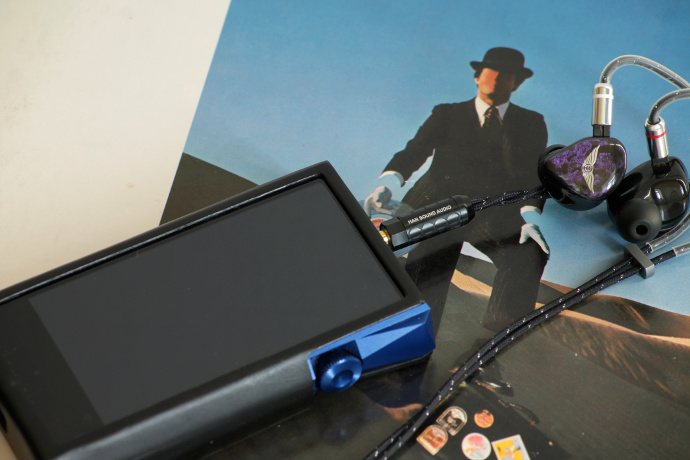
HanSound Torfa
Let’s take a look at the 4-wire version now. Double the wire count, double the performance?
Torfa 4-wire
In the 4-wire version the Torfa still keeps its key-strengths but builds up on them. It retains its warmth and organic tone, but has stepped up noticeably across all areas.
The 4-wire has a nice impactfull bass, that is full, meaty and enjoys good weight. With the Torfa 4-wire lows get better texture and higher resolution. Bass reaches lower into sub-bass with wonderful authority and a solid foundation down low.
While the 4-wire kept a certain warmth in its signature, it is not as warm as the 2-wire variant. There is a slight upper-bass and lower midrange boost, that gives bassy instruments more prominence. However, overall there is enough emphasis in the other regions to be more neutral. The Torfa 4-wire has again a natural, neutral signature with good body, weight and texture. It sounds smooth and organic, and has high resolution.
The background of the 4-wire is noticeably darker than the 2-wire’s, which enables it for better and sharper imaging. Instruments are separated very well with a clean cut. There is no fuzzy noise going on anywhere. The sound stage of the 4-wire is very well scaled with a holographic touch. It stretches wide and deep with good height as well.
The 4-wire brings out details with an effortless approach. It is like taking photos with a macro lens. Everything is here and so easy to spot. The treble of the 4-wire is good too, although more forward and clearer than on the 2-wire. It still has good richness and softness in its tone to not become harsh or hard edged.
Suggested pairings:
64 Audio A18t, Fourté Noir; Empire Ears Legend X; JH Audio Layla; qdc Anole VX; AAW Canary; Audeze LCD-i4;
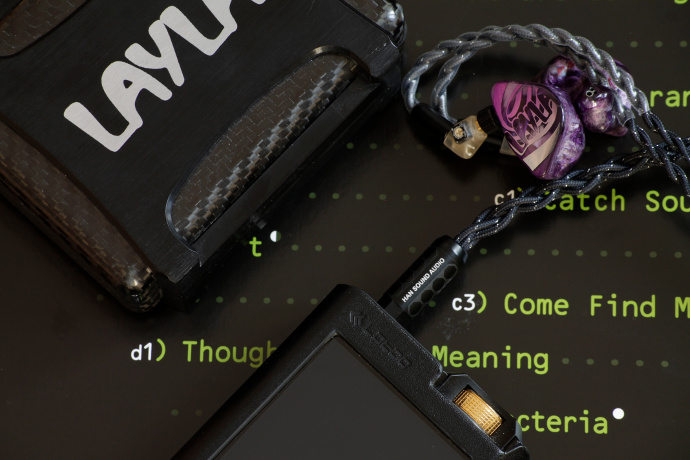
HanSound Torfa
Comparisons:
The 800 to 1000 USD segment is getting very crowded, and we see more manufacturers join the game here. In the past years this price bracket has become more popular, and audiophiles seem to be willing to spend that kind of money easily. The competition is sailing in from Singapore, Hong Kong and the USA.
Just like in the Sound section we will look at comparisons separately for each cable.
Mentioned prices are in USD.
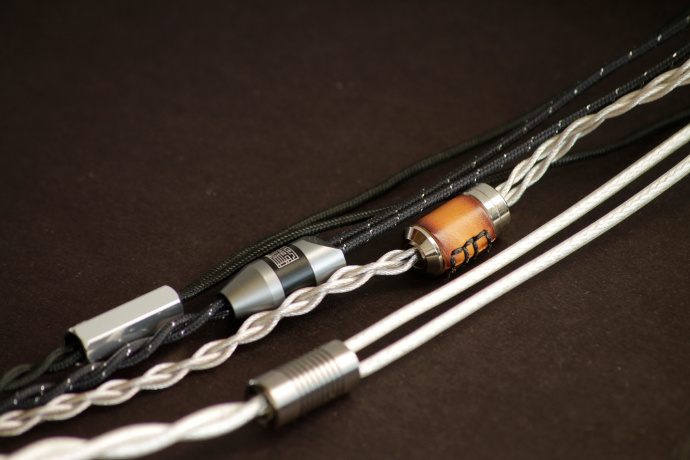
HanSound Torfa
Let’s start with the 2-wire comparisons.
Effect Audio – Leonidas II (888$)
The Leonidas II is Effect Audio’s flagship of their Heritage series. It uses a combination of Palladium-plated silver and pure silver wires. It was one of the very first cables to use Palladium in its material mix.
The Leonidas II and Torfa share some similarities but couldn’t be more different in other areas. The Torfa puts more focus on the lower mids and bass departments. It sounds warmer, fuller and denser in its bass and mids. Bass on the Torfa has more weight and higher physicality.
In comparison, it’s the Leonidas II that sounds higher resolved. It captures the last drops with higher precision than the Torfa. Leonidas II has a more neutral and smooth signature, that has less warmth in its sound. Torfa sounds more organic, lusher and richer.
The Leonidas II has higher emphasis on treble, which sounds sparklier and crisper than on the Torfa. Torfa on the other hand sounds softer and less fatiguing. Both cables reach wide into treble and deep into sub-bass.
In terms of imaging and resolution I give Leonidas II the nod. However, Torfa does scale a slightly wider and deeper stage with nicer layering.
Even more comparisons on the following page! Jump ahead.







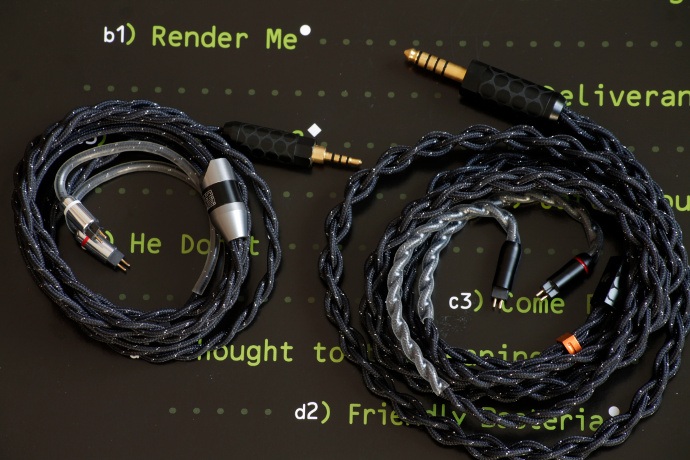
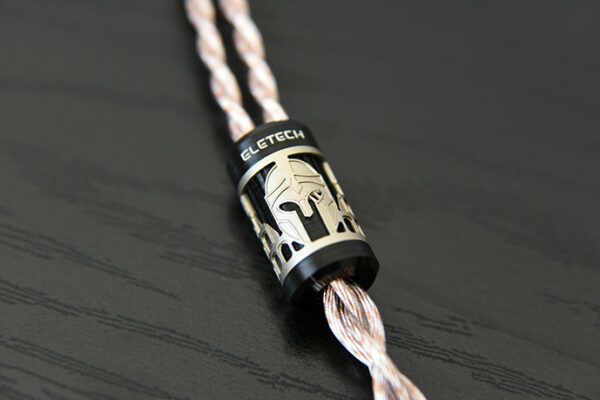
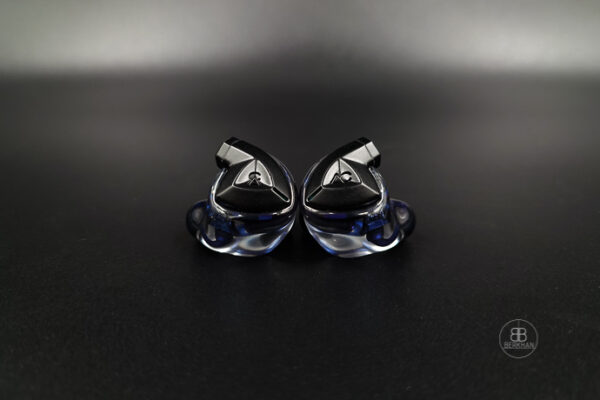
Steven Zore
Hi, Very interesting! I see Leg X and Wraith in suggested pairings, but I think the Valkyries would sound great on this also!
Jerry
Would you recommend the 2 wire version for the Tia Trio?